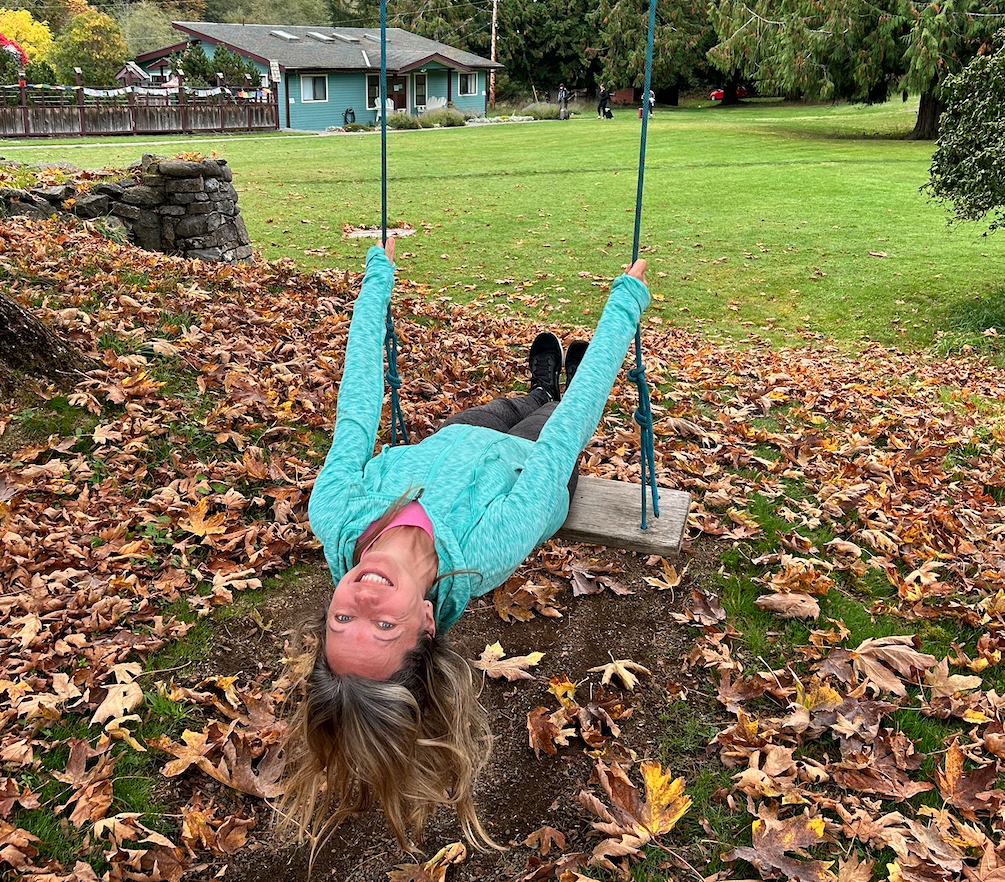Photo Credit: Lars Plougmann
Internet Safety
Communication through technology is expanding faster than we can comprehend. As parents, it is of paramount importance that we are aware of our children’s Internet use. For 2 1/2 years I sat on the Lower Mainland Child Abuse Prevention Educators Committee and the facts that come out from the Canadian Centre for Child Protection are frightening.
Computers in a non-common area such as a child’s bedroom or basement, laptops and web cams are all very dangerous for children and youth.
We grew up in an era where we were wary of strangers in a park, now these same “strangers” have direct access to children in our own homes! Does your child play on-line games with strangers? Does your child chat on discussion forums? Does your child have a Facebook account?
Limit Setting on Potential Dangers
You can put limits on these potential dangers.
Become a “friend” on your child’s Facebook account and regularly check who their “friends” are, what photographs they are displaying, what groups they belong to, and what messages are going back and forth on their wall.
Explain to your child that predators can be hidden behind a fake photo of a young gorgeous guy or girl, and therefore not to accept anyone as a “friend” unless one really knows this person. Moreover, your child should not add what school he/she attends as this can show up publicly in the search section, and immediately gives strangers too much information.
Use anti-virus software and firewalls and let your child know that all internet communication in your family will be monitored including their instant messaging history. (See the Kids in the Know Safety brochure for information on how to do this.)
This is not a question of privacy, it is about safety, and sex offenders can be too crafty for children to know what they are getting themselves in to or how to handle situations once the relationship has already begun and the conversations have turned sexual.
Be sure your child is using a child-appropriate search engine (i.e. Yahooligans) to decrease the risk of being exposed to sexually explicit material.
Check that their instant messaging account is set up so that no-one can speak to him/her without permission.
Check cell-phone bills for unknown long-distance numbers.
Kids in the Know and The Door That’s Not Locked
Kids in the Know and The Door That’s Not Locked are excellent websites developed by the Canadian National Centre for Child Protection. They also operate Cybertip.ca and receive approximately 700 reports/month related to suspected pedophiles in Canada! One mother contacted Cybertip.ca because she found out that through the internet her 14 year old daughter had met a 16 year old boy with whom she had fallen in love and was planning to meet. Cybertip contacted the police and it was discovered that this male was actually 20 years old, known to police, and had a history of sexual assault. Kids in the Know and The Door That’s Not Locked also have excellent information for parents, categorized by age, starting at age 5 and going up to age 15 on Safety and the Internet. They also have a newsletter for parents and educators. This is a sampling of some of the great links on the Kids in the Know website:
1. Top 5 Risks to Canadian Children on the Internet
Sexual offenders targeting online games that have chat rooms including interactive web games, computer and console games. ( more )
2. Impact of Viewing Sexually Explicit Material
The purpose of this sheet is to provide parents and educators with background information about potential impacts on children viewing sexually explicit material. ( more )
3. Why is Teaching Clear Boundaries so Important to Children’s Safety?
Teaching appropriate boundaries between adults and children reduces children’s vulnerability towards sexual exploitation. (more)
4. Protective Factors Checklist for Online Safety
Direct Protective Factors: The following protective factors are direct ways to increase online safety. ( more )
5. Child Protection Plan: Increase child safety by reducing risks
This Child Protection Plan is designed to help create a “big picture” view of your child’s life. Once you have completed the Plan, you will be able to see where risk exists in your child’s life, and what protections (or protective factors) can be strengthened to increase your child’s personal safety. ( more )
Picture-Permanance!
Have you heard of Sexting? Youth are now sending naked pictures of themselves to boyfriends/girlfriends via their cell phones. (Read the tragic story of Jessie Logan to be aware of her story). Be sure your child understands that once a picture or any e-mail is sent, s/he loses control of what happens to it – nothing is private! While webcamming, pictures can be captured (freezing photos, recording video) by others without the other person knowing.
The Internet has made it too easy for our children to develop relationships with people they don’t know, who are willing to cross boundaries and victimize our children. Please forward this article, “like” it on facebook or tweet to your friends and family to help protect our children and youth.
Be safe,
Warmly,
Want to Connect?
Subscribe now to receive free weekly parenting tips and inspiration.








